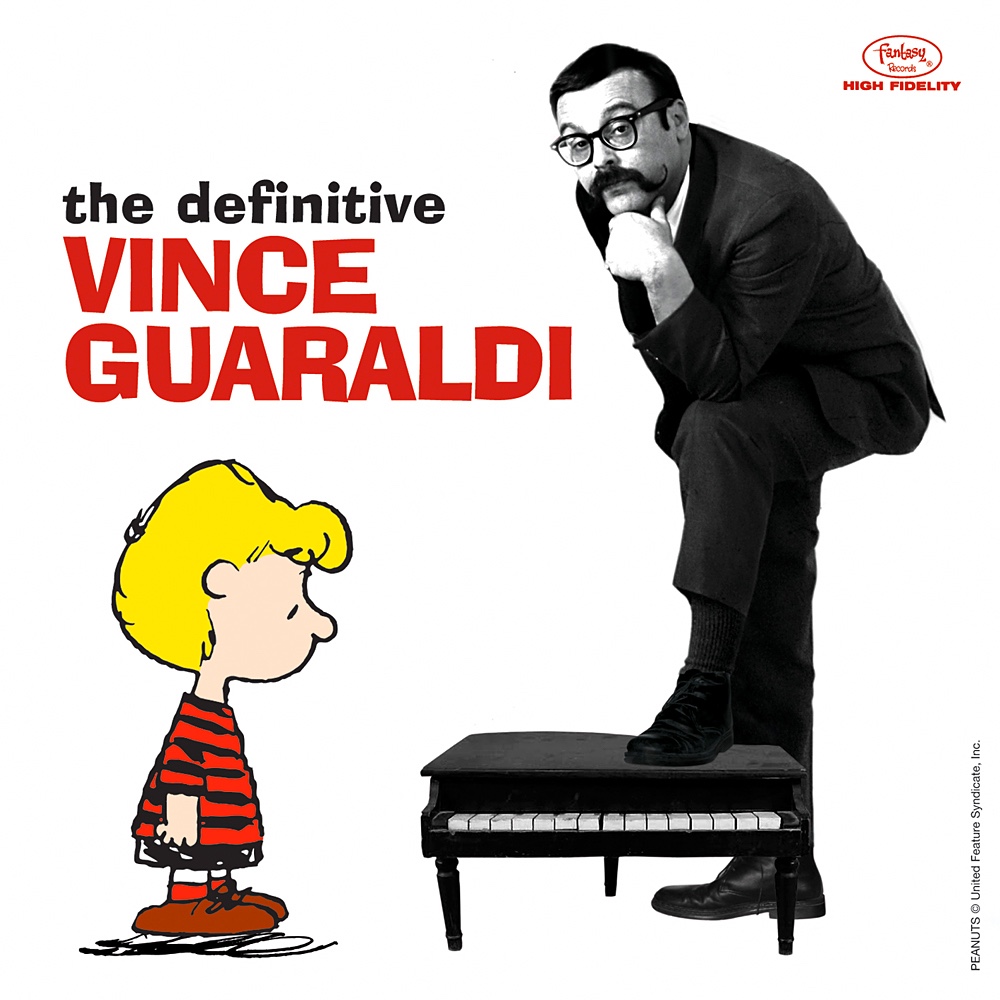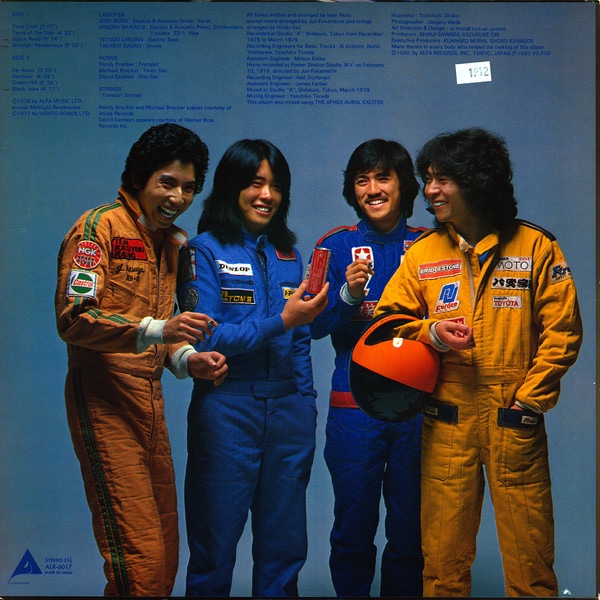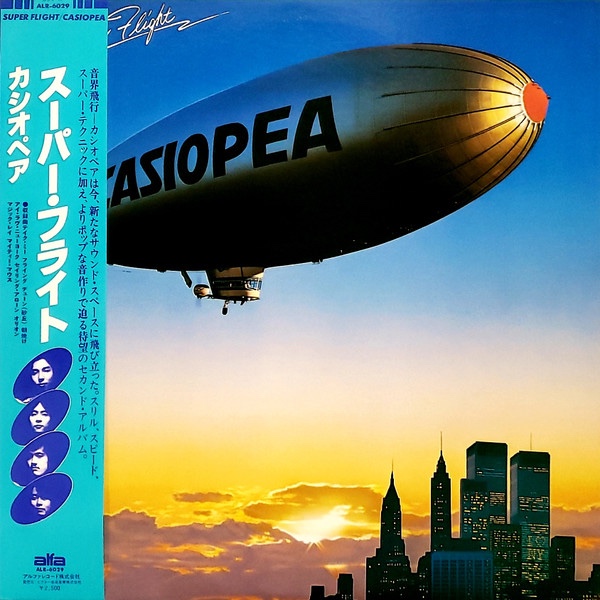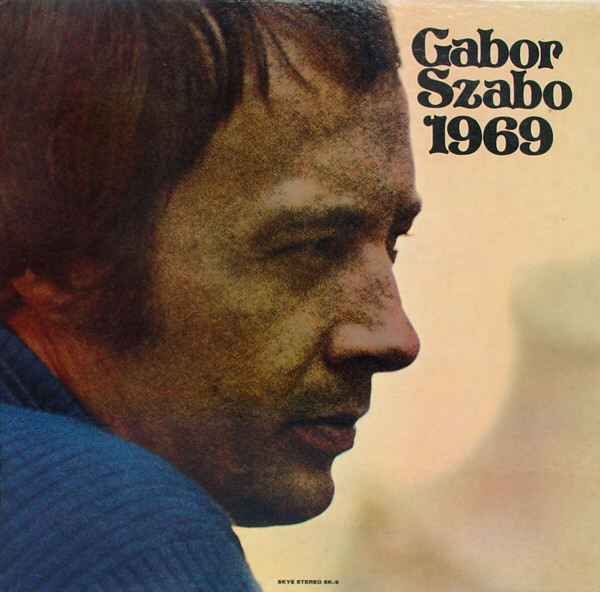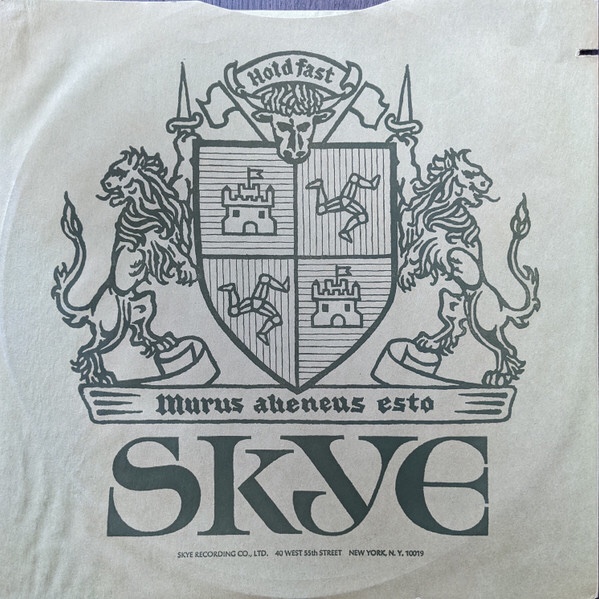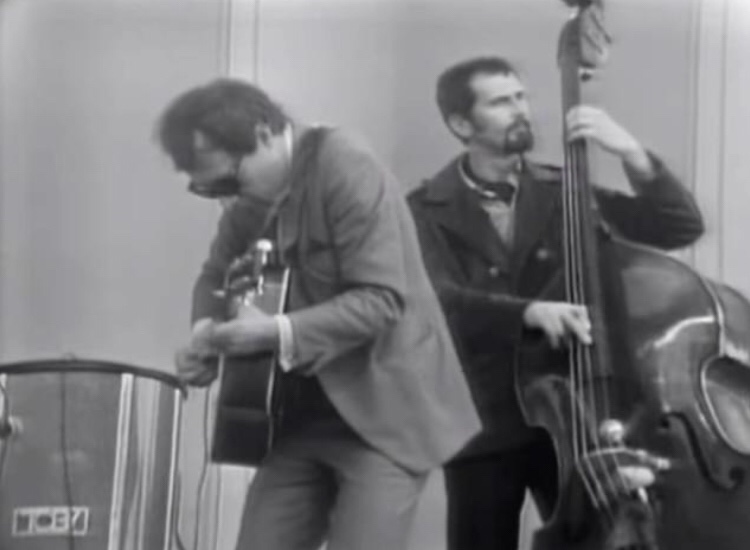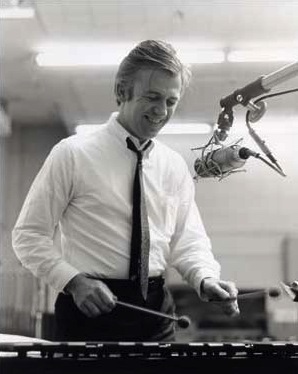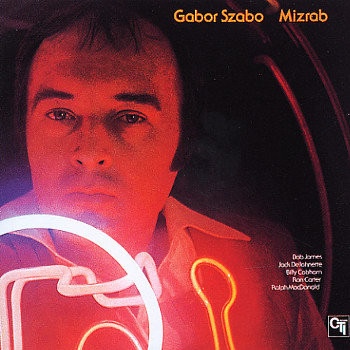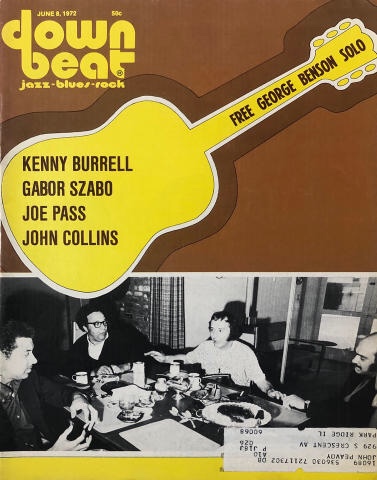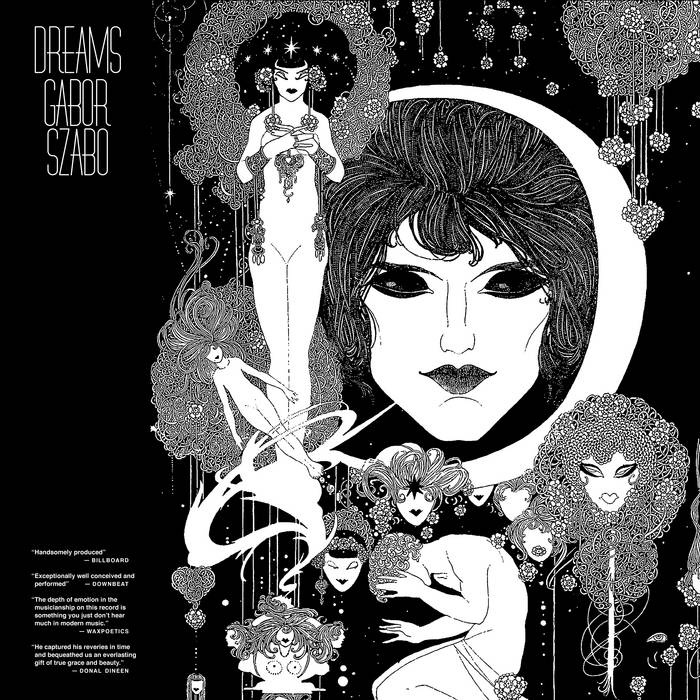

I’ve been digging my other Vince Guaraldi Charlie Brown recordings so much I wanted more. A bit of rooting about online revealed this as a potential next acquisition. So I pulled the trigger!
It’s an odd album compared to the other two CB Guaraldi albums (A Boy Named CB, and A CB Christmas), in that they are both quite conventional musical albums. This, on the other hand, is a collection of shorter ‘musical cues’.
So rather than an album of longer recorded pieces derived from the shorter cues used on the TV animations, these are those short musical cues. And not only that, there are many repeated iterations of the same or very similar short musical themes.
This means this disc largely comprises many renderings of a rather limited number of compositions, plus a few more singular oddments. So, for example, take that old favourite, Linus and Lucy… there are seven, yes, seven versions here! Similarly, there are five Great Pumpkin Waltzes and five Graveyard Themes, and so on.
This makes listening to the entire CD in the way you would most normal albums a bit odd. I love the music contained herein. But I’m not sure how often I’d want to sit through such a repetitive program of music.
But let’s backtrack momentarily. How did this music come down the years to us in this form? Well, the love for Guaraldi’s Peanuts/Charlie Brown themed music endures, and a kind of ‘quest in to the archives’ brought to light what had long been assumed to be lost; master tapes of the Guaraldi sessions for this Halloween themed TV special.
And it’s clear from the liner notes that this has been a passion project for lovers of Guaraldi’s great jazzy extension of the whole Schulz Peanutsiverse, so to speak. So from the perspective of musical and artistic cultural archaeology this is pure gold. Five star fare!
And really it is musically, as well. Admittedly modern mastering does reveal some of the limitations of the source material, in terms of hi-fi or sonic clarity. For those in love with Guaraldi’s CB work, this is a great treasure trove. And I’d count myself in that demographic. But nonetheless, I’ll probably cherry pick my favourite tracks/takes, and make a more succinct less repetitive playlist, rather than frequently listening to the album entirely as it is.
For these 1966 dates Guaraldi was once again in trio with Monty Budwig (bass) and Colin Bailey (drums), who had recorded CB sessions with Vince before. But that core group was further augmented by guitarist John Gray, Emmanuel Klein (trumpet), and Ronald Lang (woodwinds). Also in the studio, in a new development, was a John Scott Trotter, credited with orchestration (waving a baton while the tape rolled, apparently!).
Back to the tunes: it’s interesting hearing the oh so familiar Linus & Lucy getting reworked, and with horns. And there are a few lovely themes or pieces unique to this special, such as the achingly gorgeous Great Pumpkin Waltz, and the spooky Graveyard Theme.
Then there are some slightly odder less oft repeated things, like Snoopy and the Leaf, Frieda, Fanfare/Breathless, and a little suite of solo piano ‘oldies’: It’s A Long Way to Tipperary/There’s a Long-Long Trail a-Winding/Pack Up Your Troubles In Your Old Kit Bag/Roses of Picardy.
I’m pretty sure I read online that this stuff was released a while back in straight-off-the-soundtrack form, with sounds from the cartoon show included/intruding. Alas, I can’t recall where I read that? But mention was made that there was much grumbling about this, and a cleaned up version was in the works. I guess this must be that?
It’s an oddball CD, I guess, and probably likely to appeal most strongly to Guaraldi and/or Charlie Brown über-buffs. Whatever, as folk say these days, I’m glad I got it!



